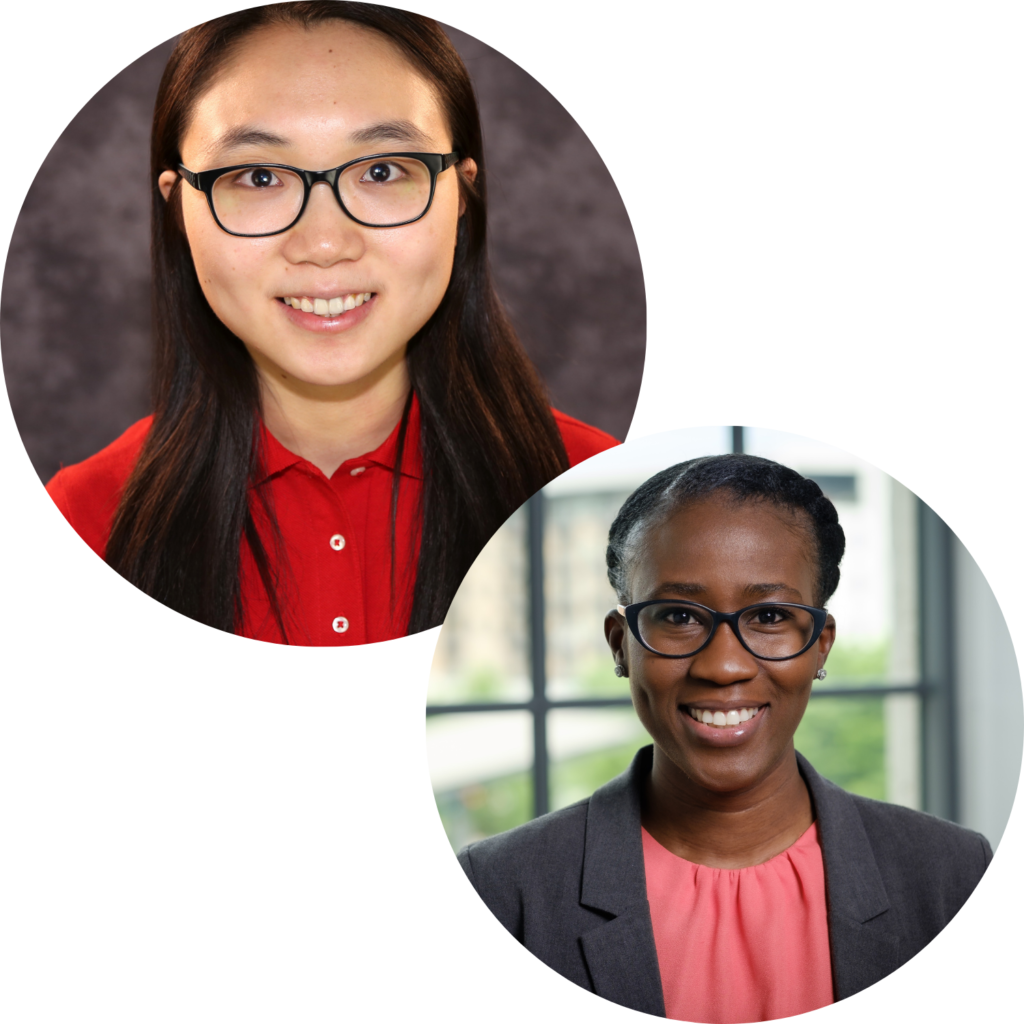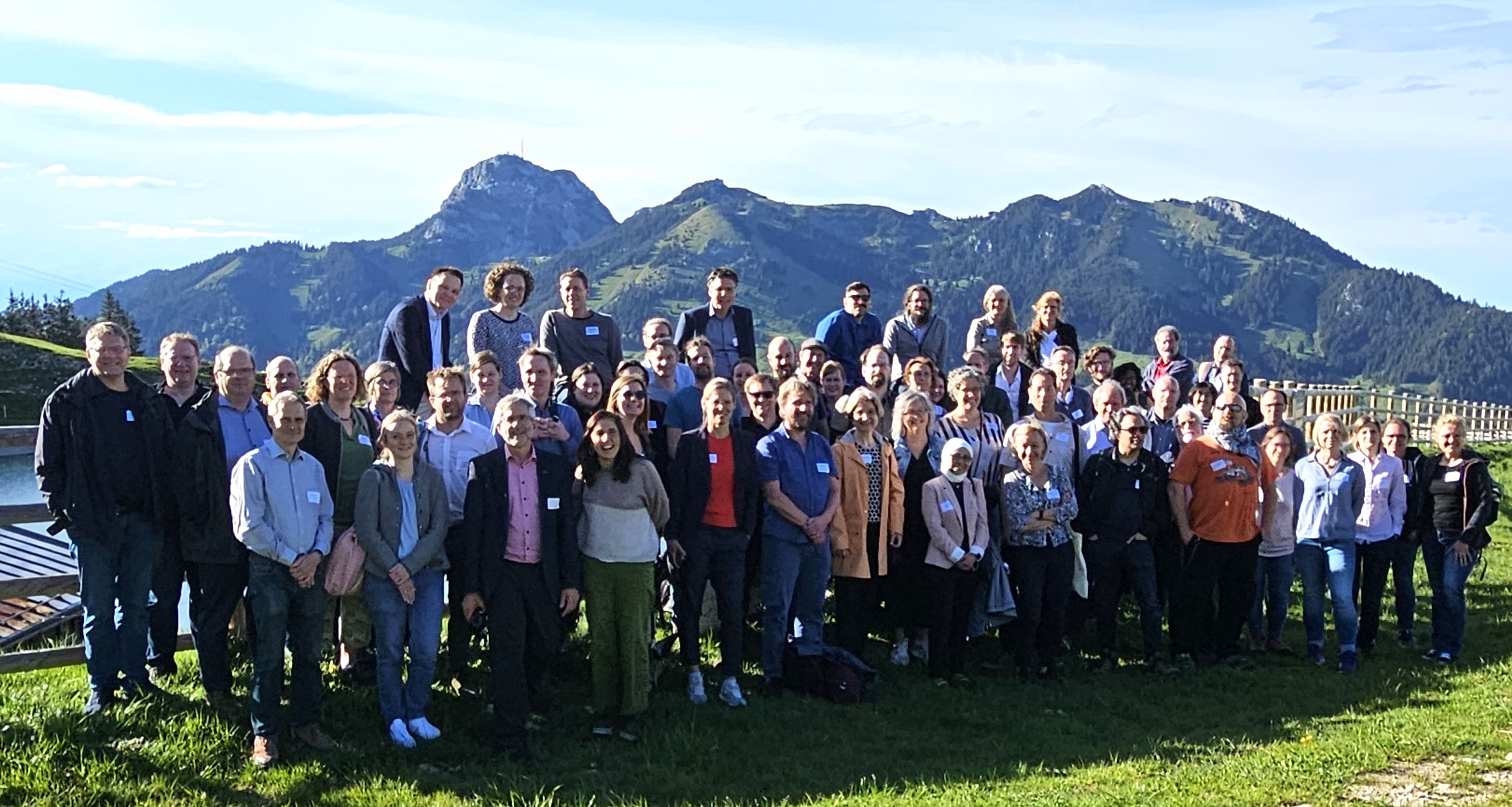Proceedings and videos of keynotes The conference proceedings and recorded keynote videos from the 12th…
Adetoun Yeaman, Wake Forest University, USA

Linjue Wang, University of Michigan, USA
Service-learning (SL) is becoming an increasingly valuable pedagogy in engineering education as it provides students with real-world exposure and hands-on experience. The essence of service-learning in engineering is to both nurture the engineering formation of students and serve communities that need external support. The most common definition of service-learning also reflects these mutually beneficial purposes, a “course-based, credit bearing educational experience in which students participate in an organized service activity that meets identified community needs, and reflect on the service activity in such a way as to gain further understanding of course content, a broader appreciation of the discipline, and an enhanced sense of civic responsibility (Bringle & Hatcher, 1995)”.
Take the U.S. as an example. Beyond the potential gains identified in the above definition, research studies have reported implications of SL for students’ development personally and interpersonally, especially in the areas of improving students’ empathy and communication skills, developing global and intercultural competency, and obtaining better understanding of engineering ethics in a socio-technical context. These areas of development also meet standardized student learning outcomes (i.e. ABET Criterion 3 Student Outcomes) to better educate the next generation of innovative engineers.
A hidden challenge to promoting service-learning is that these activities require institutions to establish designated personnel, funding, and resources to support students and instructors. Depending on the resources available at each institution, instructors or engineering programs could rely on the support of their office of community engagement or equivalent offices in implementing service-learning courses. At Virginia Tech for example, first year engineering students within living learning communities take a 2-credit course with a service learning component. The Center for enhancement of engineering diversity (CEED), a center dedicated to academic, professional and personal support programs within the college of engineering, facilitated the course in collaboration with VT Engage, the university’s center for service learning. Some other unique SL models include Projects with Underserved Communities (PUC) at The University of Texas at Austin, The Community Playground Project (CPP) at Louisiana State University, Cardinal Service at Stanford University, and Engineering Projects in Community Service (EPICS) at Purdue University.
Besides creating courses with SL components, other models of SL (See Oakes, 2004) include embedding service projects into existing engineering courses and integrating engineering projects with co-curricular programs or student organizations with a humanitarian focus e.g. Engineers without Borders.
Some contemporary issues relevant to SL revolve around the prioritization of university-oriented outcomes (e.g. student learning) versus community outcomes, inadequate awareness about the communities being served, especially the potential impact of the project on such communities, intentional involvement of community voices in SL projects, management of the scope of projects and relationships with community partners, and sustainability of SL projects.
How might we address these issues? Some strategies include (a) take a holistic view that not only accounts for student learning, but also community impact; (b) appropriately assess communities’ needs as a crucial part of initiating and organizing projects; (c) facilitate students’ ability to communicate and build authentic relationships with communities; (d) include community partners in the course evaluation process to acknowledge their voices; and (e) involve community narratives in research publications that emerge from SL projects e.g. including quotes and perspectives from community members or even including them as co-authors in our publications to balance the power dynamics between academic institutions and community partners. Doing service learning well is an aspirational endeavor. We need to continue learning and evolving to ensure that service learning gains are reciprocal, with both students and communities benefiting in the process.
